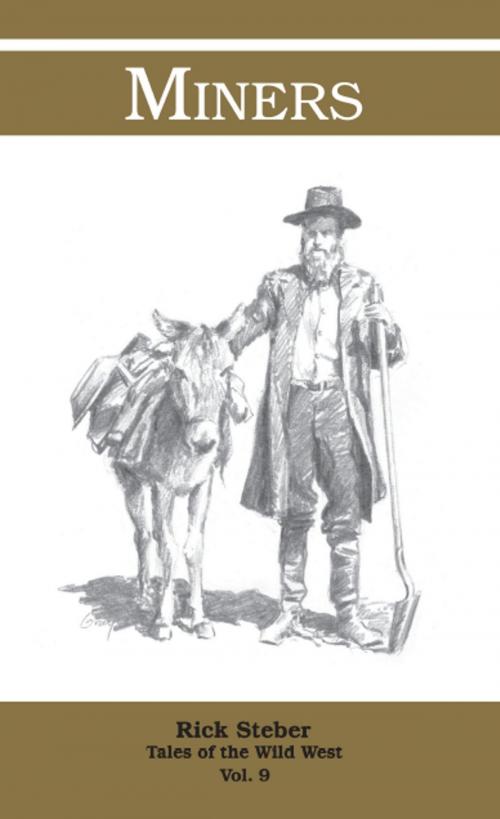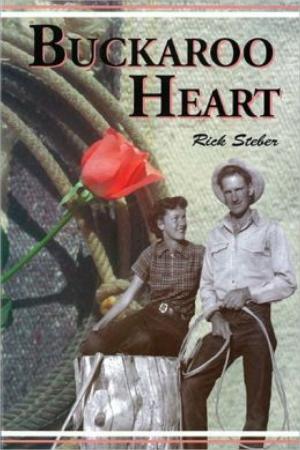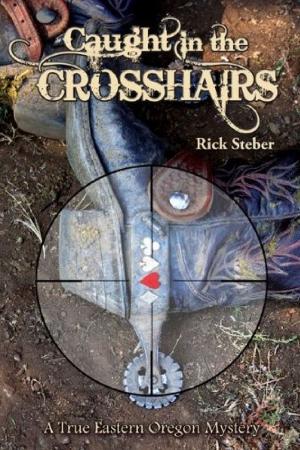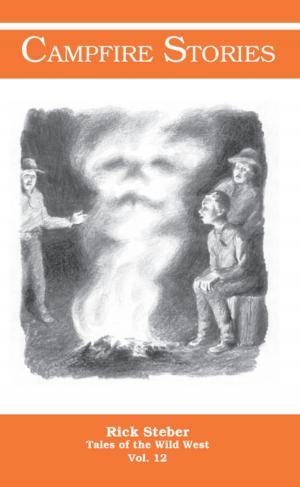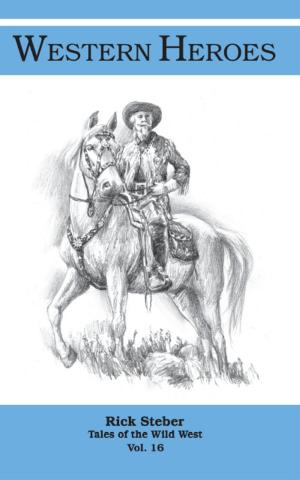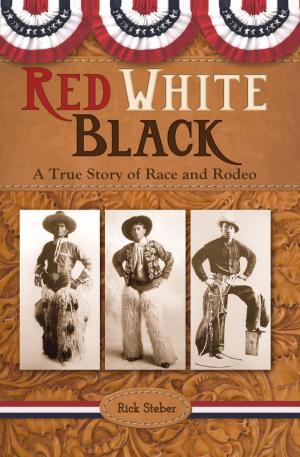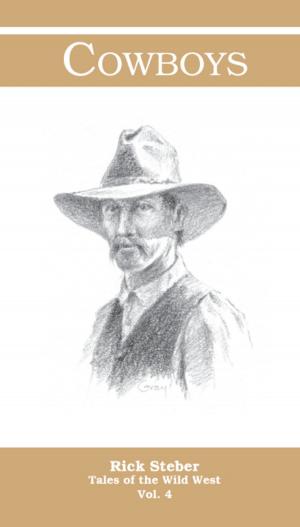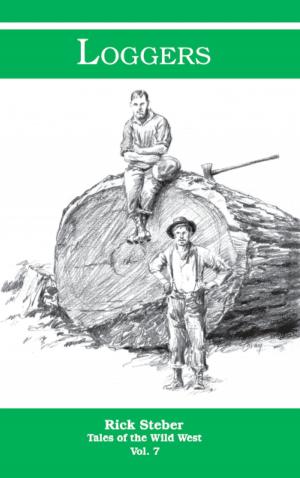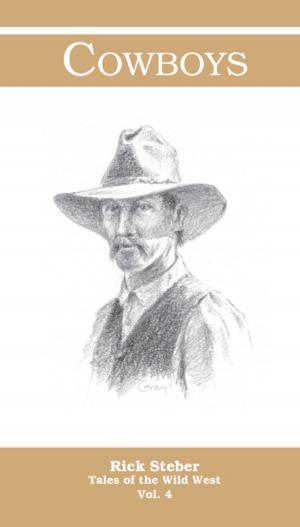| Author: | Rick Steber | ISBN: | 9781301047246 |
| Publisher: | Rick Steber | Publication: | December 12, 2012 |
| Imprint: | Smashwords Edition | Language: | English |
| Author: | Rick Steber |
| ISBN: | 9781301047246 |
| Publisher: | Rick Steber |
| Publication: | December 12, 2012 |
| Imprint: | Smashwords Edition |
| Language: | English |
"The discovery of gold in Califonia launched the nation's first gold rush.
It began January 23, 1848. James Marshall, who was building a sawmill for John Sutter on the American River in the Sierra Nevada foothills, turned water from the millpond into the tailrace. A glimmer in the clear water caught his eye and he picked up a yellow rock about the size of a dime and weighing one-quarter ounce. He saw more and picked those up, too.
John Sutter wrote in his diary that Marshall, 'soaked to the skin and dripping water,' came bursting into his office 'informing me he had something of utmost importance to tell me in private....'
Word leaked out and the following year 80,000 miners rushed to Califonia hoping to claim a share of the big strike. They scratched and clawed gold from the hills and stream beds of Califomia and when the easy-pickings were gone they moved onto the eastem slopes of the Sierra Nevada and into the Rocky Mountains. Other disgruntled miners moved to the Northwest, and finally the lust for gold drove prospectors to the Alaskan frontier.
The typical miner was a bearded young man, dressed in a slouch hat, red long johns, trousers tucked into hlgh-topped boots - he packed a shovel, pick and gold pan. When his dream of easy riches eventually died he often stayed in the West and became a farmer, stockman, tradesman or professional. If mar-ried, he sent for his family - if single, he married a daughter of pioneers and started a new family.
The lasting effect of the gold rush was not so much in the individual accumulation of wealth, but in the simple fact that thousands of miners stayed rather than returning home and they helped win the West.
"
"The discovery of gold in Califonia launched the nation's first gold rush.
It began January 23, 1848. James Marshall, who was building a sawmill for John Sutter on the American River in the Sierra Nevada foothills, turned water from the millpond into the tailrace. A glimmer in the clear water caught his eye and he picked up a yellow rock about the size of a dime and weighing one-quarter ounce. He saw more and picked those up, too.
John Sutter wrote in his diary that Marshall, 'soaked to the skin and dripping water,' came bursting into his office 'informing me he had something of utmost importance to tell me in private....'
Word leaked out and the following year 80,000 miners rushed to Califonia hoping to claim a share of the big strike. They scratched and clawed gold from the hills and stream beds of Califomia and when the easy-pickings were gone they moved onto the eastem slopes of the Sierra Nevada and into the Rocky Mountains. Other disgruntled miners moved to the Northwest, and finally the lust for gold drove prospectors to the Alaskan frontier.
The typical miner was a bearded young man, dressed in a slouch hat, red long johns, trousers tucked into hlgh-topped boots - he packed a shovel, pick and gold pan. When his dream of easy riches eventually died he often stayed in the West and became a farmer, stockman, tradesman or professional. If mar-ried, he sent for his family - if single, he married a daughter of pioneers and started a new family.
The lasting effect of the gold rush was not so much in the individual accumulation of wealth, but in the simple fact that thousands of miners stayed rather than returning home and they helped win the West.
"
